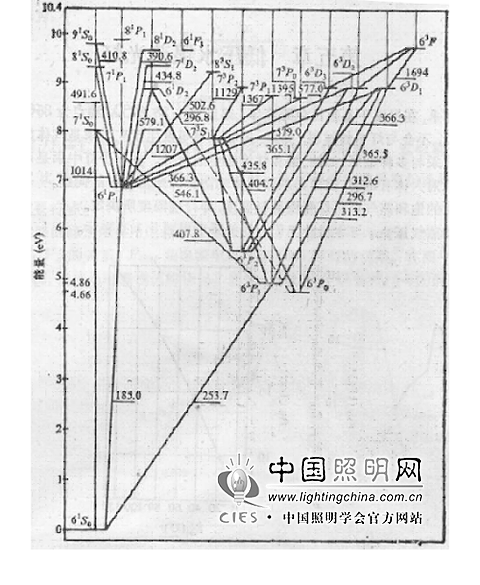Abstract: The attenuation mechanism of low-pressure mercury lamp 253.7nm ultraviolet radiation spatial propagation is briefly described. The physical model and expression are given and compared with the measured results. The reference data and considerations for the practical application of ultraviolet radiation are provided.
Key words: low pressure mercury lamp, ultraviolet radiation, physical model
I Introduction:
With the strengthening of people's awareness of environmental protection and the development of medical and health and industrial and agricultural production, the production and application of ultraviolet light sources have become more and more popular, and the non-code epidemic has made it even further.
In the direct drinking water treatment, ultraviolet light is the best treatment, because this wavelength of ultraviolet light can immediately kill a variety of bacteria, viruses, protozoa, nematodes and various microorganisms, even spores, and this is boiling water and other Chemical disinfectants are hard to work with. Once UV radiation is cut off, it will not leave any secondary pollutants, which is unmatched by other disinfection methods. UV disinfection is the last resort for direct drinking water in developed countries.
Ultraviolet light and photocatalysis technology are effective treatment methods for various types of sewage. Especially for the treatment of some highly toxic sewage, the biochemical treatment method has been completely ineffective, but without other effective means, ultraviolet radiation and photocatalysis make a large amount of toxic substances. Decomposition, oxidation, and toxicity are greatly degraded and then treated by other conventional means.
Ultraviolet radiation and photocatalysis technology are also effective means of air purification treatment. Polymer gases, organic substances or microorganisms in dirty air will be decomposed and oxidized into H 2 O, CO 2 and N under the action of ultraviolet radiation and photocatalytic substances. 2 , O 2 and other basic components of air, not only can be disinfected, but also can make the dirty air fresh.
The most common application of UV in the industry is photocuring. At present, photocuring has become very popular in the printing and painting industries, which not only improves efficiency and quality, but also reduces costs.
Ultraviolet radiation with a wavelength of 310-365 nm is beneficial to human health, can promote vitamin synthesis and skin metabolism, has good health and beauty effects, and its use is increasingly popular.

A-band ultraviolet light has a good effect on the growth and health of animals and plants, and plays an important role in the development of agricultural science and technology. Especially in the winter or indoor breeding and breeding in the north, the serious shortage of sunshine is an obstacle that is difficult to overcome. A-band ultraviolet light can supplement the shortage of sunshine and promote the development of agriculture and animal husbandry. It is an important condition for the development of modern agriculture and animal husbandry.
The use of ultraviolet light in China has become very popular and is expanding rapidly. The production of ultraviolet light sources, especially the production of low-pressure mercury lamps, has made a big leap in quantity and quality, but people don't know much about ultraviolet characteristics. The most common impression is that they hurt the human body, and little is known about it. This article will discuss some of the important features in order to make more efficient use of UV light sources.